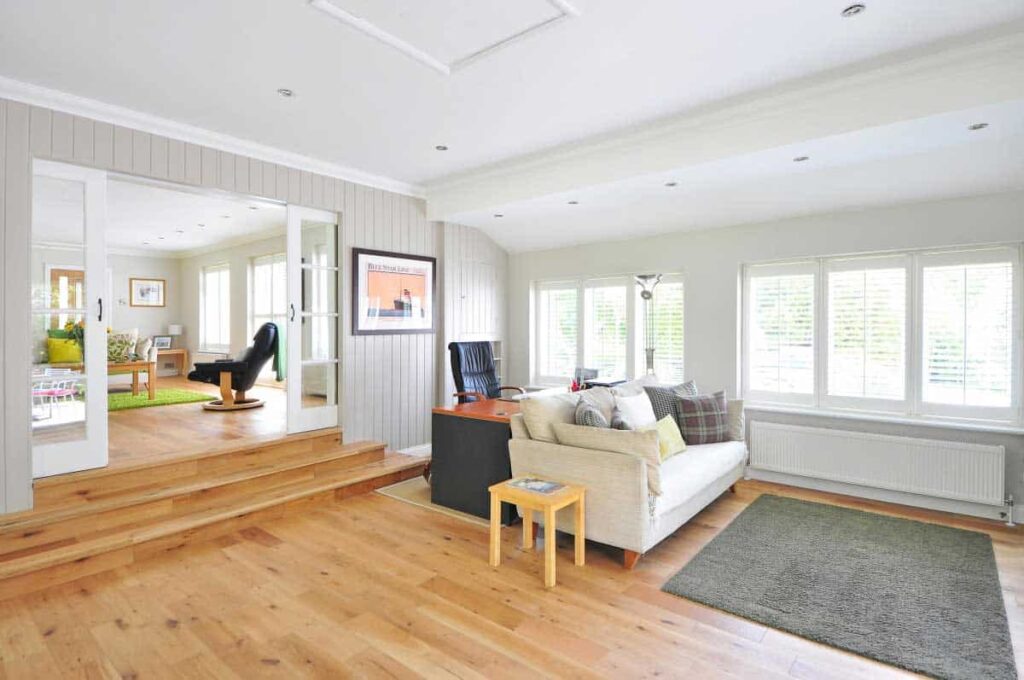Advanced construction techniques are bringing innovation and revitalization to neighborhoods and pioneering a brighter future for communities. With a focus on sustainability and efficiency, these cutting-edge methods are transforming the landscape of urban development.
Let’s explore how advanced construction is revolutionizing neighborhoods, enhancing their livability, and fostering economic growth. From modular construction and green building practices to the integration of smart technology, these advancements are reshaping the way we design and build our communities and cities.
By incorporating the latest in architectural design, materials, and techniques, advanced construction is not only creating aesthetically pleasing spaces but also addressing social and environmental needs. Quality housing, energy-efficient structures, and vibrant public spaces are just a few examples of the positive impact that these advancements are having on neighborhoods worldwide.
Advanced construction is paving the way for a more sustainable, inclusive, and vibrant future. Let’s dive in.
The Importance of Advanced Construction in Revitalizing Neighborhoods

Neighborhoods are the heart of a community, and their vitality is crucial for the overall well-being of its residents. Advanced construction plays a pivotal role in revitalizing neighborhoods, breathing new life into outdated structures, and creating spaces that foster a sense of belonging and progress by incorporating modern systems, techniques, and materials.
By leveraging today’s innovative construction methods, commercial buildings can be constructed with higher quality features at competitive prices, which ultimately benefit the businesses and the local economy. Modular construction of commercial buildings streamlines the building process, reducing construction timelines, enhancing quality, improving energy efficiency, and reducing cost, to create more sustainable buildings and environments.
One of the key benefits of advanced construction is its ability to address social and environmental needs simultaneously.
Moreover, advanced construction allows for the creation of quality housing options with greater affordability and inclusion, which is a pressing issue in many communities around the world. Modular construction, for instance, enables the quick and cost-effective assembly of housing units while reducing cost and improving quality, making it easier to meet the growing demand for quality new homes that average-income residents can afford. For a deeper dive into the benefits of residential Modular construction, download a free excerpt of my book: “Modular Homes: The Smart Choice for Homebuyers in 2024”.
Additionally, advanced construction techniques can revitalize public spaces, such as parks and community centers, transforming them into vibrant gathering places that promote social interaction and community engagement. By designing these spaces with accessibility and inclusivity in mind, neighborhoods become more welcoming and appealing to residents of all ages and abilities.
Advanced construction is essential for neighborhood revitalization as it addresses social, environmental, physical, aesthetic, and economic needs simultaneously. By embracing innovative techniques and sustainable practices, neighborhoods can become more vibrant, inclusive, and resilient.
Advancements in Construction Technology
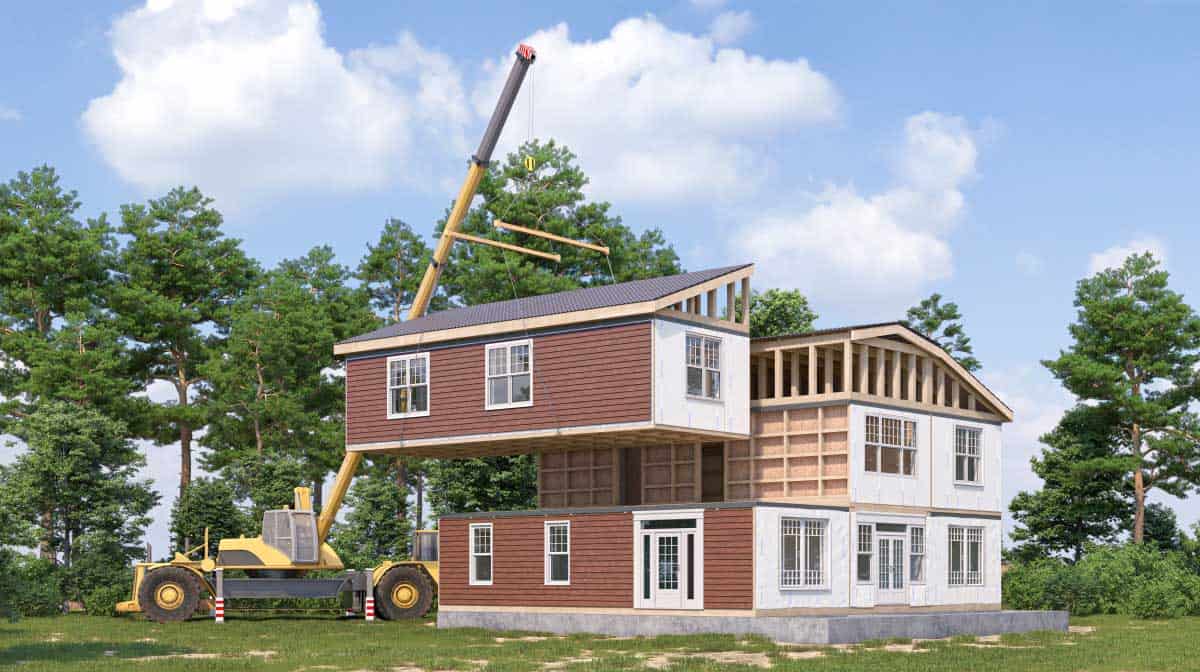
The construction industry has witnessed significant advancements in technology in recent years, revolutionizing the way buildings are designed, constructed, and maintained. These advancements have played a crucial role in revitalizing neighborhoods and creating more sustainable and efficient structures.
One of the key advancements in construction technology is the use of Building Information Modeling (BIM)2. BIM allows architects, engineers, and contractors to collaborate more effectively throughout the entire construction process, from design to maintenance. This technology enables better coordination, reduces errors, and improves efficiency, resulting in cost savings and higher-quality construction.
Another notable advancement is the use of prefabrication and modular construction techniques. Prefabrication involves the off-site manufacturing of building components, which are then transported and assembled on-site. This method allows for faster construction timelines, reduced waste, and improved quality control. Modular construction takes prefabrication a step further by assembling entire modules off-site, which are then stacked together to create complete buildings. This technique offers even greater efficiency and flexibility, making it ideal for neighborhood revitalization projects.
Furthermore, the integration of smart technology in construction has transformed the way buildings operate and interact with their occupants. From smart home systems that optimize energy consumption to sensors that monitor building performance in real time, these advancements enhance the sustainability and livability of neighborhoods. Smart technology also enables the implementation of innovative solutions such as shared mobility services and intelligent waste management systems, further contributing to the overall revitalization of neighborhoods.
In summary, advancements in construction technology, such as BIM, prefabrication, modular construction, and smart technology, have greatly improved the efficiency, sustainability, and livability of neighborhoods. These technological innovations are key drivers in the revitalization of communities.
Sustainable Construction Practices for a Brighter Future

Sustainability has become a core focus in advanced construction, as developers and architects recognize the importance of minimizing the environmental impact of buildings and creating spaces that promote long-term ecological balance. Sustainable construction practices are instrumental in building a brighter future for neighborhoods and the planet as a whole.
One of the key aspects of sustainable construction is the use of environmentally friendly materials. Traditional construction often relies on resource-intensive materials, such as concrete and steel, which contribute to high carbon emissions. However, advanced construction techniques emphasize the use of sustainable alternatives, such as recycled materials, reclaimed wood, and low-carbon concrete. These materials not only reduce the environmental footprint of buildings but also promote a circular economy by making use of waste materials.
Case Studies of Successful Neighborhood Revitalization Projects
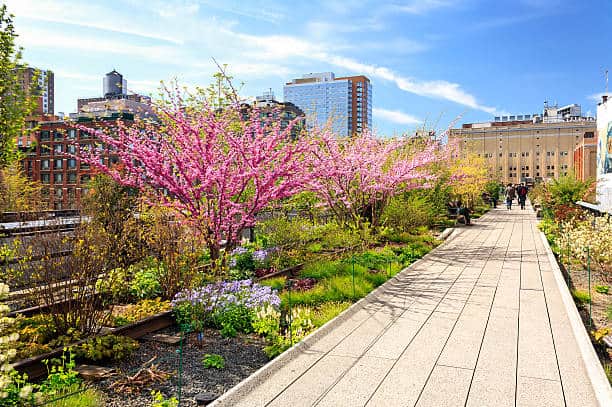
To truly understand the impact of advanced construction on neighborhood revitalization, it is important to examine real-life examples of successful projects that have transformed communities for the better. Several case studies highlight the positive outcomes that can be achieved through innovative construction techniques and sustainable design principles.
One such example is the High Line in New York City3. This elevated linear park was created by repurposing an abandoned railway line, transforming it into a vibrant public space that spans over a mile. The project incorporated advanced construction techniques, including the use of modular planting beds and sustainable materials. The High Line has revitalized the surrounding neighborhood, attracting tourists, boosting local businesses, and providing residents with a unique and enjoyable public space.
The Role Of The Community Involvement n Advanced Construction Projects
In the realm of advanced construction, community involvement plays a crucial role in the success of neighborhood revitalization projects. Engaging the community throughout the planning and implementation stages ensures that projects align with the needs and aspirations of the residents and businesses, creating a sense of ownership and fostering a stronger sense of community.
Community involvement can take various forms, including public consultations, workshops, and collaborative design processes. By actively involving residents, architects, and local leaders, developers can gain insights into the unique characteristics of the neighborhood and understand the specific needs and desires of the community. This participatory approach ensures that the final design reflects the values and aspirations of the residents, leading to a more successful and well-received project.
Additionally, community involvement can help address potential concerns or objections raised by residents. By providing transparent communication channels and opportunities for dialogue, developers can address any misconceptions or fears that may arise during the construction process. This fosters trust and collaboration between the project team and the community, creating a more positive and supportive environment for neighborhood revitalization.
Furthermore, community involvement can extend beyond the construction phase to include ongoing community engagement and participation in the maintenance and management of the revitalized spaces. This can be achieved through the establishment of community-led organizations or committees that ensure the long-term sustainability and well-being of the neighborhood.
Community involvement is a vital component of advanced construction projects. By engaging residents and incorporating their input, neighborhood revitalization projects can better meet the needs and aspirations of the community, creating a stronger sense of ownership and fostering a vibrant and inclusive neighborhood.
Economic Benefits of Advanced Construction in Neighborhoods
In addition to the social, physical, aesthetic, and environmental benefits, advanced construction techniques also bring significant economic advantages to neighborhoods and cities. The revitalization of communities through innovative construction methods can stimulate economic growth, create employment opportunities, and attract investment.
One of the primary economic benefits of advanced construction is the creation of jobs. Revitalization projects often require a diverse range of skills, from architects and engineers to construction workers and artisans. The implementation of advanced construction techniques not only increases the demand for skilled labor but also promotes the growth of local businesses and suppliers. This, in turn, leads to job creation and stimulates economic activity within the neighborhood.
Additionally, neighborhood revitalization projects can attract private investment and increase property values. When a community undergoes a transformation through advanced construction, it becomes more desirable for residents and businesses alike. This increased demand can lead to rising property values, benefiting homeowners and attracting new investors. The infusion of private investment can further fuel economic growth, support local businesses, and create a cycle of prosperity within the neighborhood.
Newly revitalized neighborhoods often become attractive destinations for tourism and leisure activities. The creation of vibrant public spaces, cultural attractions, and unique architectural designs can draw visitors from near and far. This influx of tourism not only generates revenue for local businesses but also promotes the cultural identity and heritage of the area.
Advanced construction brings significant economic benefits to neighborhoods. From job creation and increased property values to attracting private investment and promoting tourism, these projects have the potential to stimulate economic growth and create a sustainable and prosperous future for communities.
Challenges and Potential Solutions in Implementing Advanced Construction Techniques
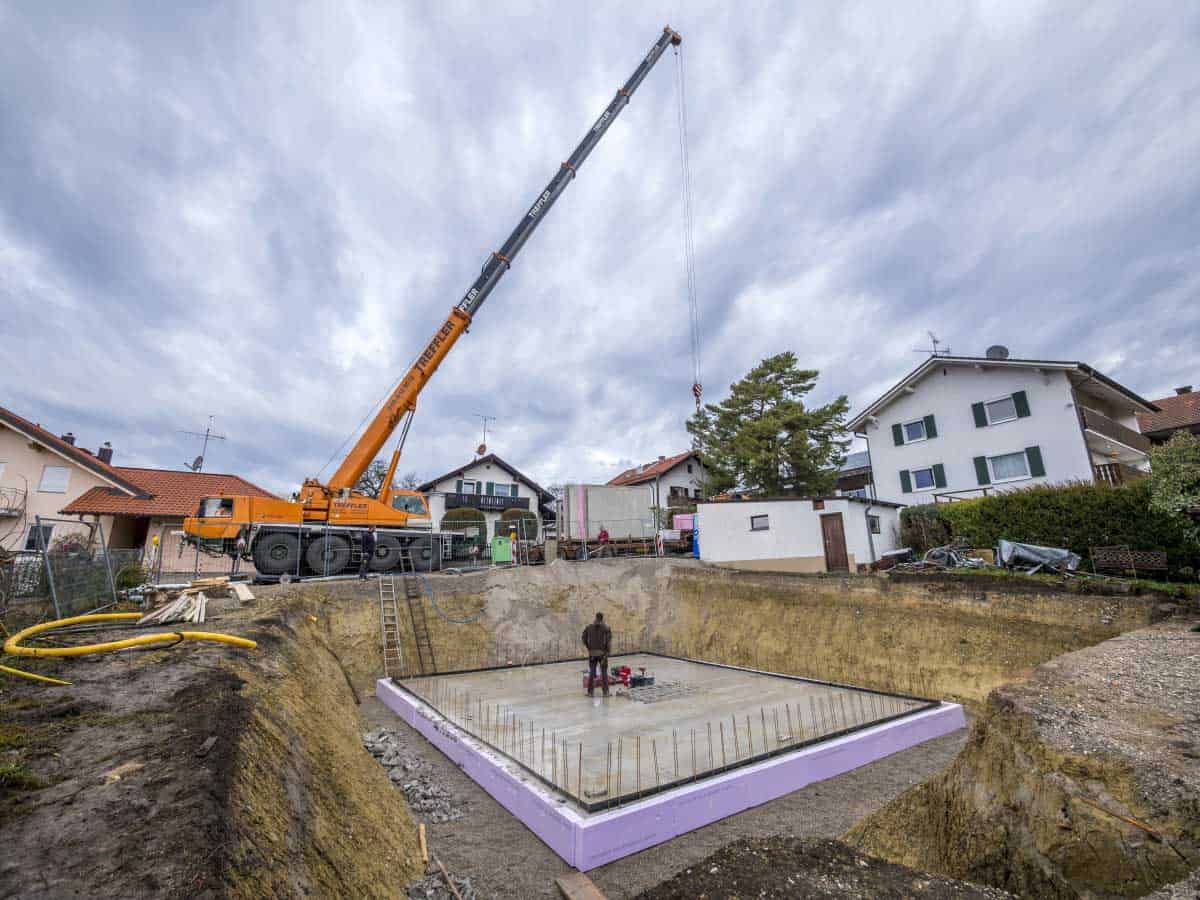
While advanced construction techniques offer numerous benefits for neighborhood revitalization, they also come with their own set of challenges. Overcoming these challenges requires innovative solutions and a collaborative approach between stakeholders involved in the construction process.
One of the main challenges is the resistance to change and the reluctance to embrace innovative construction methods. Traditional construction practices often have deep-rooted norms and established supply chains, making it difficult to introduce new techniques. Additionally, there may be concerns about the cost and feasibility of implementing advanced construction methods. To overcome these challenges, education and awareness campaigns can be conducted to highlight the benefits and long-term cost savings associated with advanced construction. Demonstrating successful case studies and providing training and support to industry professionals can also help build confidence and encourage the adoption of these techniques.
Another challenge is the limited availability of skilled labor and expertise in advanced construction techniques. The successful implementation of these methods requires a skilled workforce that understands the intricacies of the technology and materials involved. To address this challenge, vocational training programs can be established to equip workers with the necessary skills. Collaboration between educational institutions, industry professionals, and government agencies can help bridge the skills gap and ensure a sustainable pipeline of skilled workers.
The integration of advanced construction techniques into existing regulatory frameworks can pose challenges as well. Building codes and regulations may not always keep pace with technological advancements, making it difficult to obtain necessary permits and approvals. Engaging with regulatory bodies and policymakers to update and adapt regulations to accommodate advanced construction methods is essential. Establishing pilot programs and regulatory sandboxes can provide a platform for testing and refining innovative techniques while ensuring compliance with safety and quality standards.
Implementing advanced construction techniques in neighborhood revitalization projects is not without challenges. However, through education and awareness, skill development, and collaboration between stakeholders, these challenges can be overcome, paving the way for more sustainable and efficient construction practices.
Government Initiatives and Polices Supporting Neighborhood Revitalization
Governments around the world play a crucial role in supporting neighborhood revitalization through advanced construction techniques. By implementing policies and initiatives that promote sustainable development and provide financial incentives, governments can create an enabling environment for the revitalization of communities.
One common government initiative is the provision of grants and subsidies to developers, businesses, and homeowners who adopt advanced construction techniques. These financial incentives help offset the initial costs associated with implementing innovative methods, making them more accessible and appealing to stakeholders. By providing financial support, governments encourage the adoption of sustainable and efficient construction practices, leading to improved neighborhood livability and environmental outcomes.
Additionally, governments can establish regulatory frameworks that prioritize sustainable development and incentivize the use of advanced construction techniques. Building codes and regulations can be updated to include requirements for energy efficiency, green building materials, and sustainable design principles. By setting clear standards and expectations, governments create a level playing field for developers and architects, ensuring that neighborhood revitalization projects align with sustainable development goals.
Governments can also play a role in facilitating community involvement and engagement in neighborhood revitalization projects. By providing platforms for public consultations, supporting community-led initiatives, and fostering collaboration between stakeholders, governments empower residents to actively participate in the decision-making process. This participatory approach ensures that neighborhood revitalization projects reflect the aspirations and needs of the community and promote a sense of ownership and pride.
Government initiatives and policies are instrumental in supporting neighborhood revitalization through advanced construction techniques. By providing financial incentives, updating regulatory frameworks, and fostering community involvement, governments create an enabling environment for the transformation of communities and the creation of sustainable and vibrant neighborhoods.
The Future of Advanced Construction and its Impact of Urban Development
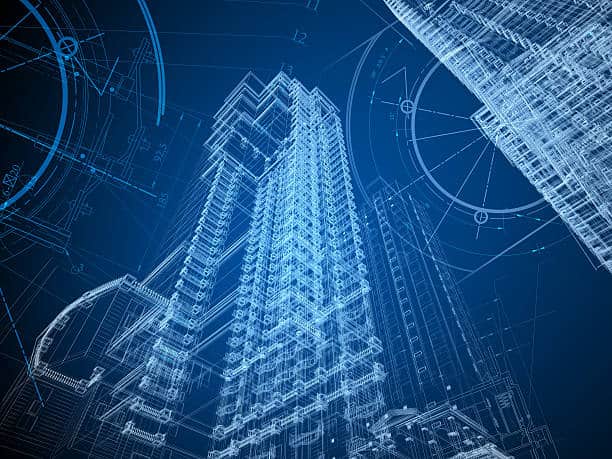
The future of advanced construction is promising, with continuous advancements in technology and growing recognition of the importance of sustainable development. As urban populations continue to grow and our communities expand, the need for innovative construction techniques that address social, environmental, and economic needs becomes even more critical.
Advanced construction methods not only offer solutions to the challenges faced by rapidly expanding urban environments but also present opportunities to create vibrant, sustainable communities. By embracing innovation and sustainable practices, we can build communities and cities that prioritize the well-being of residents and businesses, minimize environmental impact, and foster economic prosperity.
As we look ahead, it’s clear that the future of advanced construction holds immense potential to reshape our cities for the better, ensuring that they remain resilient, inclusive, and thriving for generations to come.


